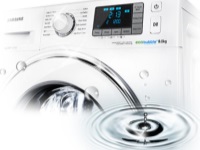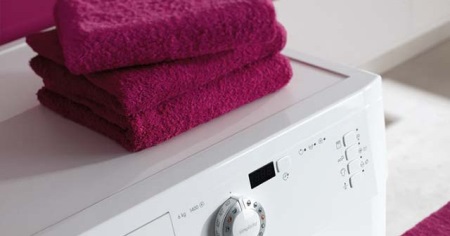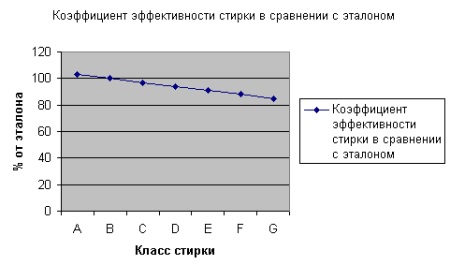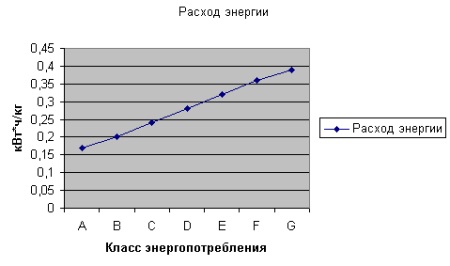What is the best spin class in washing machines?

Choosing a sophisticated household appliance is not an easy task, because you are buying an appliance that should ideally serve you for many years. The washing machine becomes an indispensable assistant in the house, which performs a rather arduous work - washing, spinning and sometimes even drying the laundry. Thanks to this useful device modern women have more time for other things.
To get the maximum benefit from purchased appliances, before buying you need to study the market, compare the advantages and disadvantages of all commercially available models and only then, after weighing all the pros and cons, make a decision. When choosing a washing machine you need to consider many different factors, including the spin class. About what it is and what class is preferable, we will tell in this article.

What is it?
Spin class is one of the key categories by which modern models of washing machines are judged: the higher the class, the faster the drum rotates while spinning, and the less damp the laundry ends up being. In special terms, the spin class determines the residual moisture content of the laundry.
The spin class is assigned to the washing machine after certain calculations are made when testing the machine. The laundry is weighed before and after washing, and by dividing the second result by the first, a coefficient is obtained, by which the spin class of this model is determined.
Types
There are a total of 7 spin classes of washing machines: from the highest - A to the lowest - G.
The spin class efficiency index is calculated by dividing the weight of water in the laundry after spinning by the weight of the laundry in the dry state. To calculate the water weight of the laundry after spinning, subtract the dry weight of the laundry from the weight of the laundry after spinning.

You can compare the spin class performance indices in the following table. Here you will also find a summary of the performance of each spin class.
|
Spin class |
Clothes wetness after wash |
Spin speed |
|
A |
Less than 45% |
1600 rpm |
|
B |
45 to 54% |
1400 rpm |
|
C |
54 to 63% |
1200 rpm |
|
D |
From 63 to 72% |
1000 rpm |
|
E |
72 to 81% |
800 rpm |
|
F |
81 to 90% |
600 rpm |
|
G |
More than 90% |
400 rpm |
A good value is considered 60% humidity, which corresponds to classes A, B and C.
Influence of class on power consumption
Spin class is certainly an important parameter, but when choosing a washing machine it is necessary to consider other characteristics. One of the most important is the power consumption class. How much electricity will be used to power the appliance depends on this indicator. The highest class - A - means that the machine consumes the minimum amount of energy. At the same time, this class has subclasses - A+ and A++.
Spin class and power consumption class are two interdependent categories. Obviously, the more revolutions the washing machine makes, the more electricity it consumes. Thus, units that spin the laundry perfectly will not be the most economical in terms of energy bills.
Experts recognize washing machines with spin class B as the best option. They provide a very good spin quality, while not consuming too much electricity. On the other hand, we do not use the washing machine that much, so the power consumption is usually not paid much attention.

The cost per wash is greatly influenced by the water consumption. For example, the Candy GO4W 6423D-07 consumes 110 liters of water per cycle, while the Siemens WS 12K26 S uses only 46 liters. And both machines are designed for a capacity of 6 kg of laundry. With equal power, the second model consumes less water and, accordingly, is more efficient in this indicator.
Tips for choosing
- Those who prefer to dry laundry outdoors (for example, on the loggia or in the backyard) and are not going to give up their habits, we can recommend not overpay for unnecessary features and buy a washing machine with a low spin class.
- Poorly wrung clothes after washing significantly "gain in weight," so the owners of washing machines with low spin class have to make significant efforts to get out of the drum and hang up the wet clothes. If physical exertion is contraindicated to you, it is better to save health, and to purchase a model with a higher spin class.
- In addition to spin class, you should also consider the washing class - how well the machine washes things. Quite often these characteristics do not match, and as a result you will have to be satisfied with a well-pressed, but completely unspun things.
You will learn a lot of interesting things about the spinning process by watching the following video.




